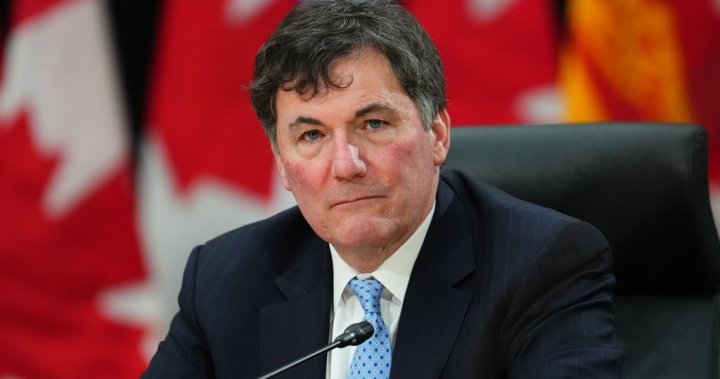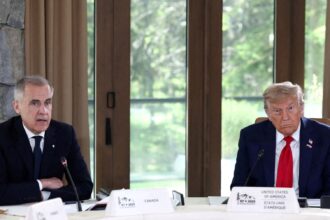In a strategic cabinet shuffle that signals renewed federal focus on internal economic cohesion, Dominic LeBlanc has been tasked with dismantling the complex web of interprovincial trade barriers that experts say costs Canada billions annually. The veteran Liberal cabinet minister now faces what many consider one of the most challenging economic portfolios in the country – breaking down regulatory walls that have persisted despite decades of attempted reforms.
“The fragmentation of our internal market represents a self-imposed economic handicap,” LeBlanc told reporters in Ottawa on Tuesday. “When businesses can’t easily operate across provincial boundaries, we’re essentially leaving money on the table during a time when Canadians are feeling economic pressure from multiple directions.”
The announcement comes as Statistics Canada data reveals that interprovincial trade barriers may be costing the Canadian economy between $50-130 billion annually – a staggering figure that represents between 4-7% of the country’s GDP. These barriers manifest in countless regulations that differ from province to province, creating compliance nightmares for businesses attempting to operate nationally.
One striking example of these barriers is found in the construction industry, where building codes and certification requirements vary dramatically across provincial lines. A certified electrician from Ontario may need extensive recertification to perform identical work in British Columbia, creating unnecessary delays and expenses that ultimately impact housing affordability and infrastructure development.
Prime Minister Justin Trudeau emphasized that addressing these internal trade barriers is now a top economic priority for his government. “At a time when international trade faces growing uncertainty, strengthening our internal market isn’t just good economic policy – it’s essential for building national resilience,” the Prime Minister stated at the announcement ceremony.
Critics, however, point to the limited progress made by previous federal-provincial initiatives. The Canadian Free Trade Agreement, signed in 2017, was heralded as a breakthrough but has achieved only modest success in harmonizing standards. Provincial governments have historically guarded their regulatory autonomy jealously, making consensus difficult to achieve.
Trevor Tombe, an economist at the University of Calgary who specializes in interprovincial trade, suggests that LeBlanc’s new mandate represents a critical opportunity. “The economic case for reform has never been stronger,” Tombe explained in an interview. “With inflationary pressures and productivity challenges, removing these internal barriers could be among the most significant economic reforms Canada could undertake.”
LeBlanc’s approach appears to involve a combination of incentives and targeted pressure. Sources close to the minister indicate that new federal infrastructure funding may be tied to provincial commitments to harmonize regulations in key sectors like transportation, professional certification, and procurement.
The business community has responded positively to the announcement, with the Canadian Chamber of Commerce calling it “a potential game-changer for domestic commerce.” Small business owners particularly stand to benefit, as they typically lack the resources of larger corporations to navigate the complexity of multiple provincial regulatory regimes.
The interprovincial trade barrier issue connects to broader economic challenges facing Canada, including productivity concerns and housing affordability. By streamlining regulations, proponents argue that construction costs could decrease significantly, helping to address the national housing crisis.
Opposition critics have questioned whether the Liberal government has the political capital necessary to achieve meaningful progress, given provincial sensitivities and the upcoming election cycle. Conservative MPs have called for concrete timelines and measurable goals rather than “aspirational statements.”
As LeBlanc begins consultations with provincial counterparts and industry stakeholders, the fundamental question remains: can federal leadership finally overcome the provincial protectionism that has fragmented Canada’s internal market for generations, or will this initiative join a long list of well-intentioned but ultimately unsuccessful attempts at economic integration?










